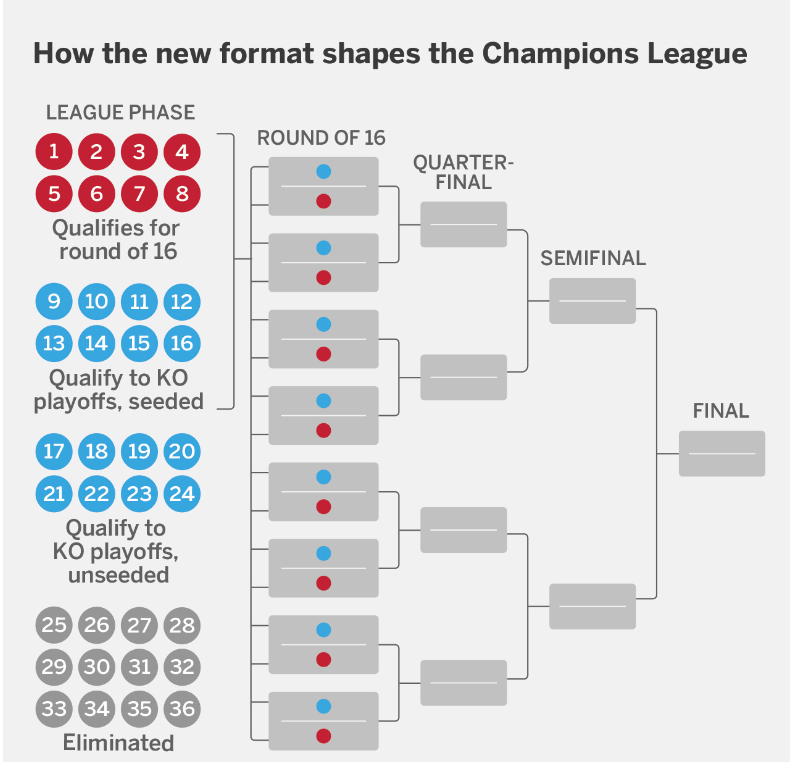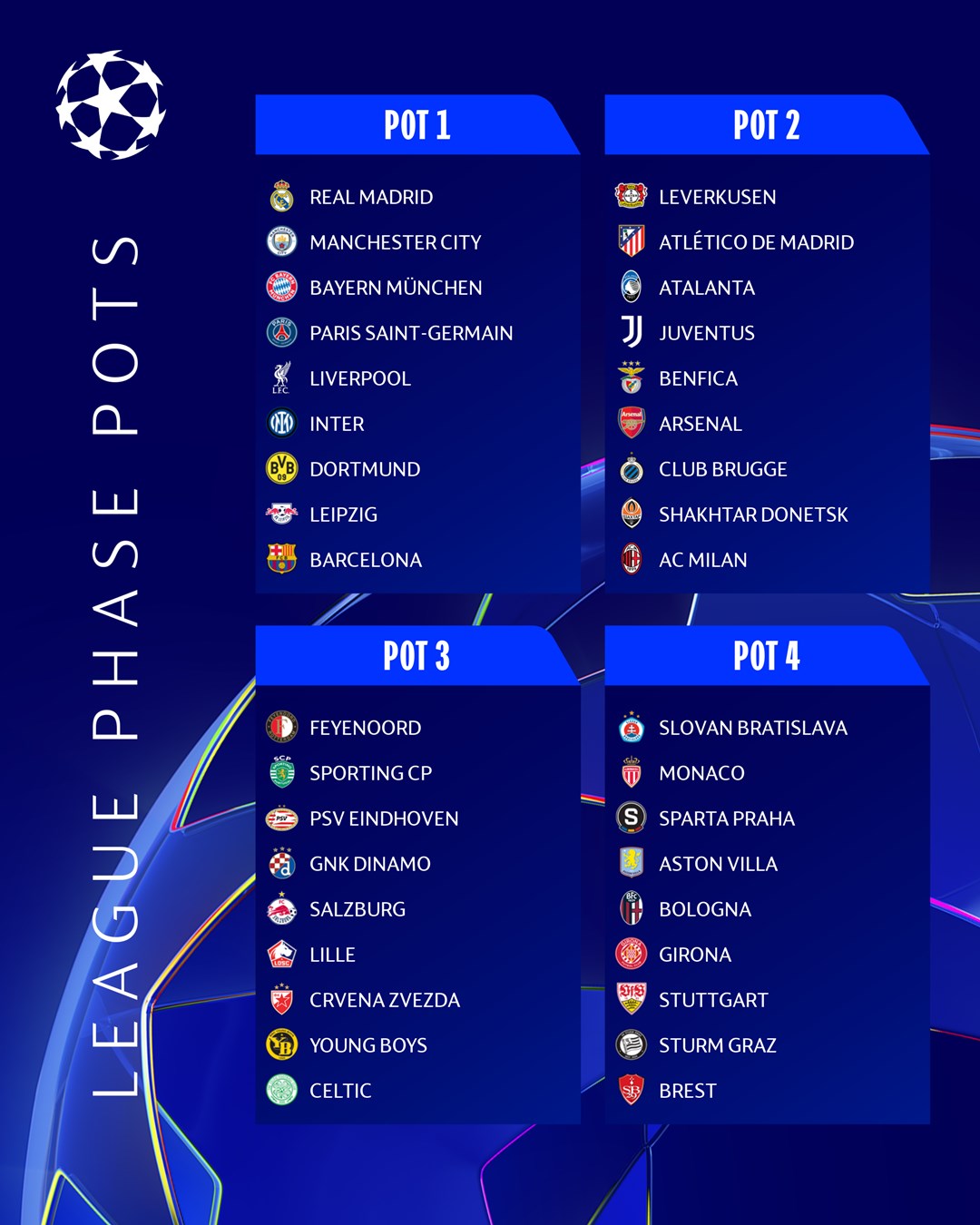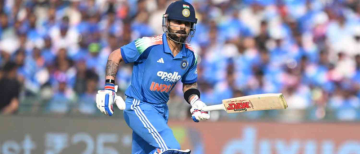The UEFA Champions League is arguably the most prestigious football tournament in the world. It's about to witness a sea change in its format, starting with the 2024-25 season. From a reimagined manner of how teams are drawn into the competition to how their progression will now flow, here's a breakdown of the new format and what makes it different.
Instead, it will have a new Champions League "Swiss model" format, away from the traditional group stage. Where once lay eight groups of four teams, there will be one league table comprising 36 teams. Every team in the competition will play eight different sides, with those coming through seeding. This new format targets variety to the extent that teams during the group stages of the competition would have been exposed to a wide variety of opponents.
With the new league table, the best eight automatically qualify for the knockout stage. Those finishing between 9th and 24th place go into a play-off round to fill the last 16 spots. More teams will fairly stand a chance of going forward into the knockout stages; therefore, the competition will be thrilling and quite unpredictable.

Image Source - ESPN
Draw and Matchup
Although mock draws in different sites provide an idea of what this new format could look and feel like, for the most part, the same old pots used to seed the teams remain; the new model equates to less predictability in the matchups and, in essence, maybe more competitiveness from the outset. A wider range of matches can be expected, which could include more high-profile clashes earlier in the competition.

Advantages of the New Format
One of the main advantages of the Swiss model is the variety in the match-ups. Teams do not have to compete against an opponent continuously in a knockout format but are rather spread across various opponents. In this case, the number of games is increased and opponents are more varied, which can raise more interest for the viewers until the very end of the competition.
Challenges and Criticisms
While the format changes are exciting, there are also some drawbacks. Teams will have to get used to playing with varied opponents that might affect their strategy. There is even a belief that the increased number of matches can lead to player fatigue, something which could happen in clubs still competing in domestic leagues and other tournaments.
What This Means for Fans
For the fans, the new Champions League format gives them more action and a prolonged feeling of matches at the group stage level. Since teams are going to play more games, it will give a better chance to fans to watch their favorite clubs in action against different opponents. The new format would very much like to maintain the competitive nature of the competition and freshen up the traditional order.
Therefore, considering everything, the new format of the Champions League, which the 2024-2025 season is going to host, will shift the focus to the tournament dynamics. Breaking from the very usual group format, the Swiss model can bring excitement and competition to the European flagship club tournament.
The novelty of this format underlines the UEFA Champions League's commitment to further developing the competition in ways that keep it fresh and appealing to its worldwide fans.
Inputs by Agencies
Image Source: Multiple Agencies
Ⓒ Copyright 2024. All Rights Reserved Powered by Vygr Media.

























